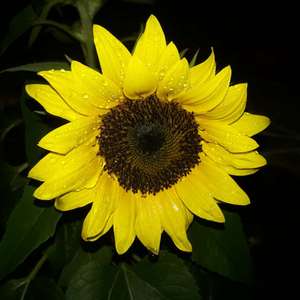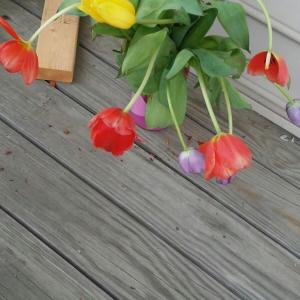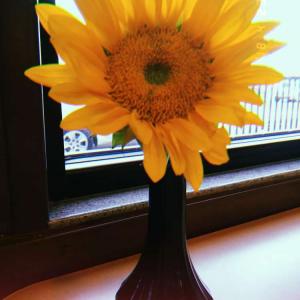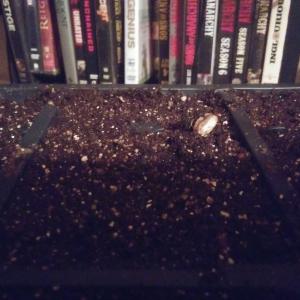文章
ritau
2020年08月27日

Dahlia is a genus of bushy, tuberous, herbaceous perennial plants native to Mexico and Central America. A member of the Asteraceae (formerly Compositae) family of dicotyledonous plants, its garden relatives thus include the sunflower, daisy, chrysanthemum, and zinnia. There are 42 species of dahlia, with hybrids commonly grown as garden plants. Flower forms are variable, with one head per stem; these can be as small as 5 cm (2 in) diameter or up to 30 cm (1 ft) ("dinner plate"). This great variety results from dahlias being octoploids—that is, they have eight sets of homologous chromosomes, whereas most plants have only two. In addition, dahlias also contain many transposons—genetic pieces that move from place to place upon an allele—which contributes to their manifesting such great diversity.
The stems are leafy, ranging in height from as low as 30 cm (12 in) to more than 1.8–2.4 m (6–8 ft). The majority of species do not produce scented flowers. Like most plants that do not attract pollinating insects through scent, they are brightly colored, displaying most hues, with the exception of blue.
The dahlia was declared the national flower of Mexico in 1963.The tubers were grown as a food crop by the Aztecs, but this use largely died out after the Spanish Conquest. Attempts to introduce the tubers as a food crop in Europe were unsuccessful.
Dahlias are perennial plants with tuberous roots, though they are grown as annuals in some regions with cold winters. While some have herbaceous stems, others have stems which lignify in the absence of secondary tissue and resprout following winter dormancy, allowing further seasons of growth. As a member of the Asteraceae, the dahlia has a flower head that is actually a composite (hence the older name Compositae) with both central disc florets and surrounding ray florets. Each floret is a flower in its own right, but is often incorrectly described as a petal, particularly by horticulturists. The modern name Asteraceae refers to the appearance of a star with surrounding rays.
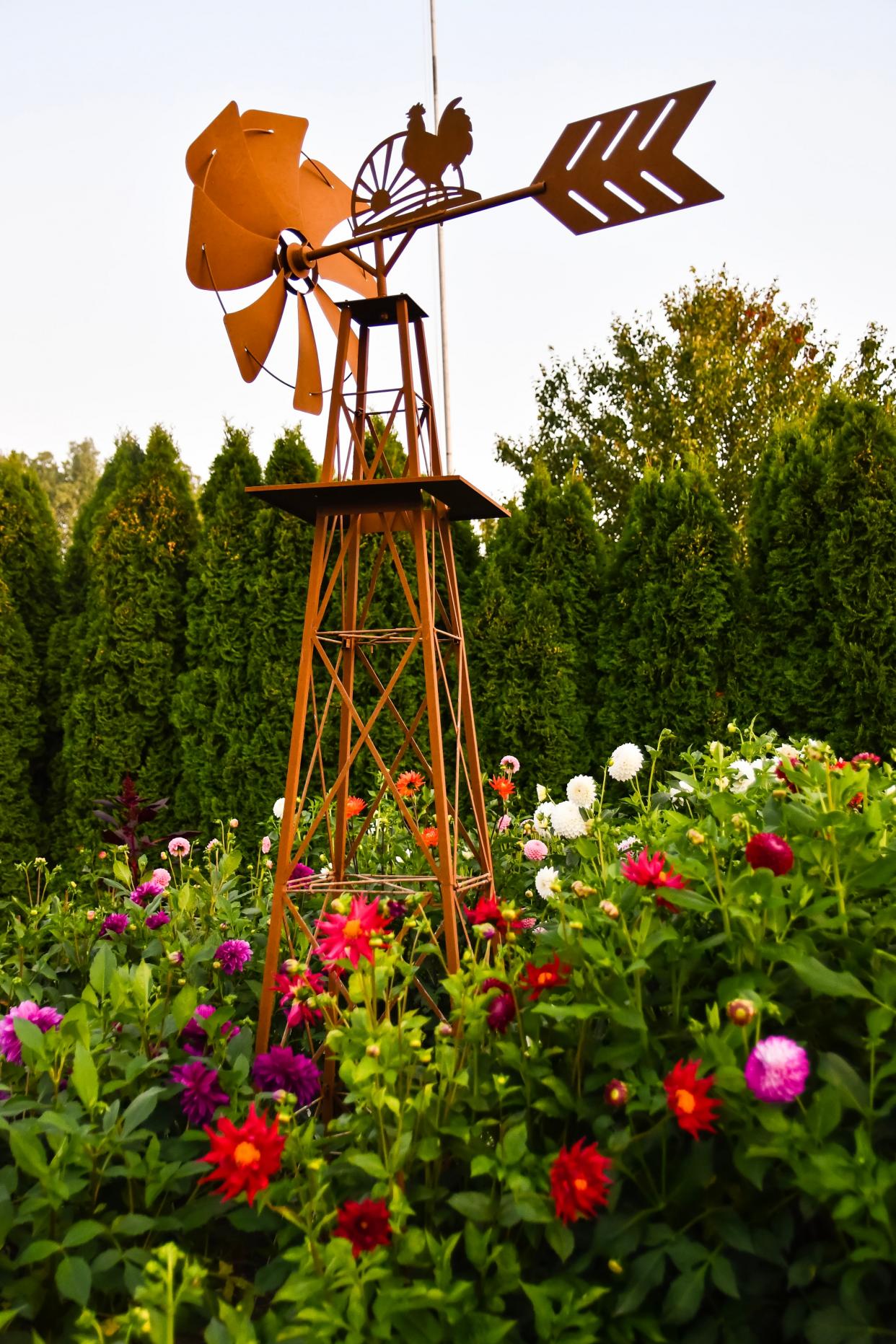
*History
Spaniards reported finding the plants growing in Mexico in 1525, but the earliest known description is by Francisco Hernández, physician to Philip II, who was ordered to visit Mexico in 1570 to study the "natural products of that country". They were used as a source of food by the indigenous peoples, and were both gathered in the wild and cultivated. The Aztecs used them to treat epilepsy,and employed the long hollow stem of the (Dahlia imperalis) for water pipes. The indigenous peoples variously identified the plants as "Chichipatl" (Toltecs) and "Acocotle" or "Cocoxochitl" (Aztecs). From Hernandez's perception of Aztec, to Spanish, through various other translations, the word is "water cane", "water pipe", "water pipe flower", "hollow stem flower" and "cane flower". All these refer to the hollowness of the plants' stem.
Hernandez described two varieties of dahlias (the pinwheel-like Dahlia pinnata and the huge Dahlia imperialis) as well as other medicinal plants of New Spain. Francisco Dominguez, a Hidalgo gentleman who accompanied Hernandez on part of his seven-year study, made a series of drawings to supplement the four volume report. Three of his drawings showed plants with flowers: two resembled the modern bedding dahlia, and one resembled the species Dahlia merki; all displayed a high degree of doubleness.In 1578 the manuscript, entitled Nova Plantarum, Animalium et Mineralium Mexicanorum Historia, was sent back to the Escorial in Madrid; they were not translated into Latin by Francisco Ximenes until 1615. In 1640, Francisco Cesi, President of the Academia Linei of Rome, bought the Ximenes translation, and after annotating it, published it in 1649-1651 in two volumes as Rerum Medicarum Novae Hispaniae Thesaurus Seu Nova Plantarium, Animalium et Mineraliuím Mexicanorum Historia. The original manuscripts were destroyed in a fire in the mid-1600s.
"Stars of the Devil"
In 1872 J.T. van der Berg of Utrecht in the Netherlands, received a shipment of seeds and plants from a friend in Mexico. The entire shipment was badly rotted and appeared to be ruined, but van der Berg examined it carefully and found a small piece of root that seemed alive. He planted and carefully tended it; it grew into a plant that he identified as a dahlia. He made cuttings from the plant during the winter of 1872-1873. This was an entirely different type of flower, with a rich, red color and a high degree of doubling. In 1874 van der Berg catalogued it for sale, calling it Dahlia juarezii to honor Mexican President Benito Pablo Juarez, who had died the year before, and described it as "...equal to the beautiful color of the red poppy. Its form is very outstanding and different in every respect of all known dahlia flowers.".

This plant has perhaps had a greater influence on the popularity of the modern dahlia than any other. Called "Les Etoiles du Diable" (Stars of the Devil) in France and "Cactus dahlia" elsewhere, the edges of its petals rolled backwards, rather than forward, and this new form revolutionized the dahlia world. It was thought to be a distinct mutation since no other plant that resembled it could be found in the wild. Today it is assumed that D. juarezii had, at one time, existed in Mexico and subsequently disappeared. Nurserymen in Europe crossbred this plant with dahlias discovered earlier; the results became the progenitors of all modern dahlia hybrids today.
The stems are leafy, ranging in height from as low as 30 cm (12 in) to more than 1.8–2.4 m (6–8 ft). The majority of species do not produce scented flowers. Like most plants that do not attract pollinating insects through scent, they are brightly colored, displaying most hues, with the exception of blue.
The dahlia was declared the national flower of Mexico in 1963.The tubers were grown as a food crop by the Aztecs, but this use largely died out after the Spanish Conquest. Attempts to introduce the tubers as a food crop in Europe were unsuccessful.
Dahlias are perennial plants with tuberous roots, though they are grown as annuals in some regions with cold winters. While some have herbaceous stems, others have stems which lignify in the absence of secondary tissue and resprout following winter dormancy, allowing further seasons of growth. As a member of the Asteraceae, the dahlia has a flower head that is actually a composite (hence the older name Compositae) with both central disc florets and surrounding ray florets. Each floret is a flower in its own right, but is often incorrectly described as a petal, particularly by horticulturists. The modern name Asteraceae refers to the appearance of a star with surrounding rays.

*History
Spaniards reported finding the plants growing in Mexico in 1525, but the earliest known description is by Francisco Hernández, physician to Philip II, who was ordered to visit Mexico in 1570 to study the "natural products of that country". They were used as a source of food by the indigenous peoples, and were both gathered in the wild and cultivated. The Aztecs used them to treat epilepsy,and employed the long hollow stem of the (Dahlia imperalis) for water pipes. The indigenous peoples variously identified the plants as "Chichipatl" (Toltecs) and "Acocotle" or "Cocoxochitl" (Aztecs). From Hernandez's perception of Aztec, to Spanish, through various other translations, the word is "water cane", "water pipe", "water pipe flower", "hollow stem flower" and "cane flower". All these refer to the hollowness of the plants' stem.
Hernandez described two varieties of dahlias (the pinwheel-like Dahlia pinnata and the huge Dahlia imperialis) as well as other medicinal plants of New Spain. Francisco Dominguez, a Hidalgo gentleman who accompanied Hernandez on part of his seven-year study, made a series of drawings to supplement the four volume report. Three of his drawings showed plants with flowers: two resembled the modern bedding dahlia, and one resembled the species Dahlia merki; all displayed a high degree of doubleness.In 1578 the manuscript, entitled Nova Plantarum, Animalium et Mineralium Mexicanorum Historia, was sent back to the Escorial in Madrid; they were not translated into Latin by Francisco Ximenes until 1615. In 1640, Francisco Cesi, President of the Academia Linei of Rome, bought the Ximenes translation, and after annotating it, published it in 1649-1651 in two volumes as Rerum Medicarum Novae Hispaniae Thesaurus Seu Nova Plantarium, Animalium et Mineraliuím Mexicanorum Historia. The original manuscripts were destroyed in a fire in the mid-1600s.
"Stars of the Devil"
In 1872 J.T. van der Berg of Utrecht in the Netherlands, received a shipment of seeds and plants from a friend in Mexico. The entire shipment was badly rotted and appeared to be ruined, but van der Berg examined it carefully and found a small piece of root that seemed alive. He planted and carefully tended it; it grew into a plant that he identified as a dahlia. He made cuttings from the plant during the winter of 1872-1873. This was an entirely different type of flower, with a rich, red color and a high degree of doubling. In 1874 van der Berg catalogued it for sale, calling it Dahlia juarezii to honor Mexican President Benito Pablo Juarez, who had died the year before, and described it as "...equal to the beautiful color of the red poppy. Its form is very outstanding and different in every respect of all known dahlia flowers.".

This plant has perhaps had a greater influence on the popularity of the modern dahlia than any other. Called "Les Etoiles du Diable" (Stars of the Devil) in France and "Cactus dahlia" elsewhere, the edges of its petals rolled backwards, rather than forward, and this new form revolutionized the dahlia world. It was thought to be a distinct mutation since no other plant that resembled it could be found in the wild. Today it is assumed that D. juarezii had, at one time, existed in Mexico and subsequently disappeared. Nurserymen in Europe crossbred this plant with dahlias discovered earlier; the results became the progenitors of all modern dahlia hybrids today.
0
0
文章
ritau
2020年04月15日

Helianthus is a genus of plants comprising about 70 species. Except for three species in South America, all Helianthus species are native to North America and Central America. The common names "sunflower" and "common sunflower" typically refer to the popular annual species Helianthus annuus, whose round flower heads in combination with the ligules look like the sun. This and other species, notably Jerusalem artichoke , are cultivated in temperate regions and some tropical regions as food crops for humans, cattle, and poultry, and as ornamental plants.The species H. annuus typically grows during the summer and into early fall, with the peak growth season being mid-summer.
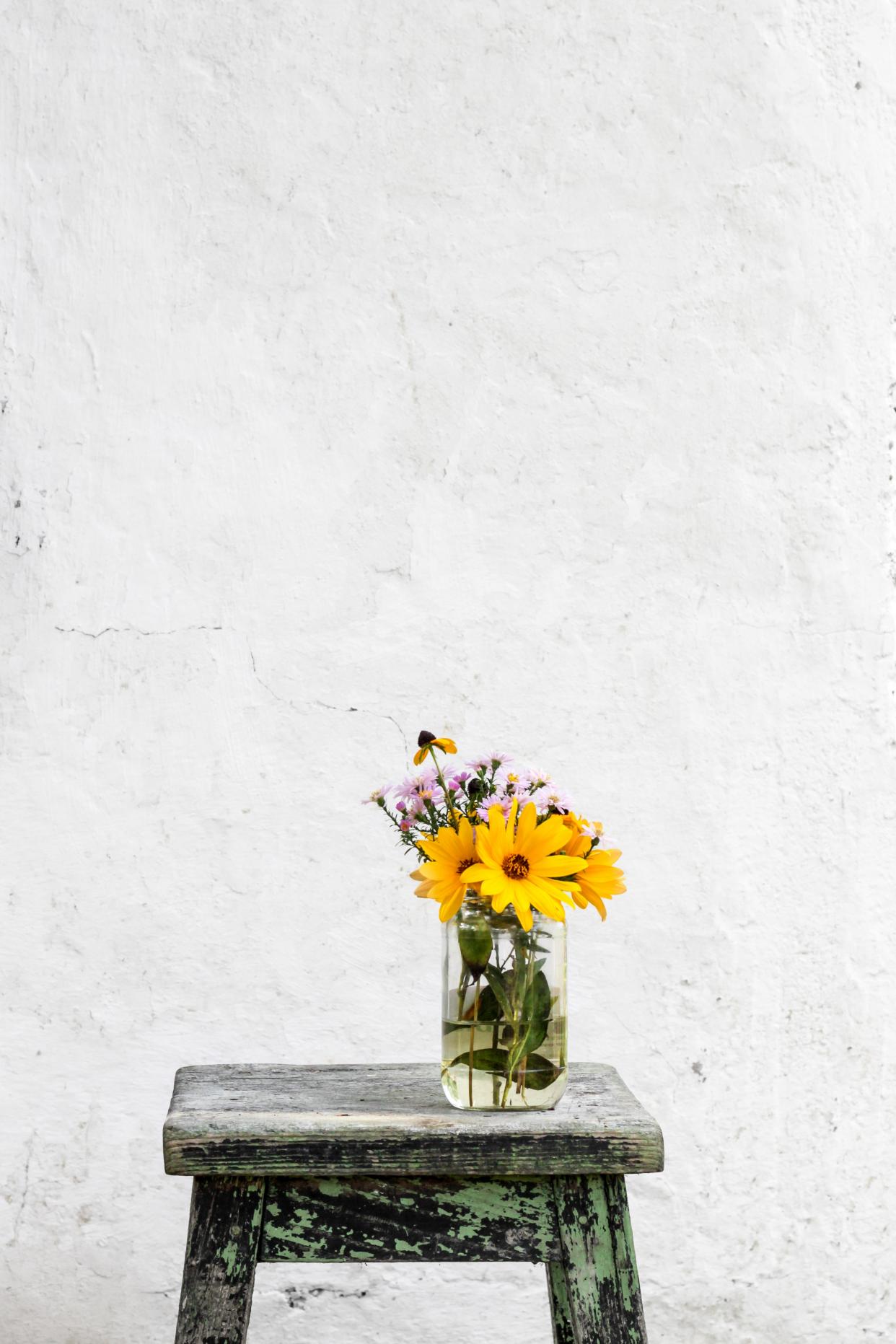
Perennial sunflower species are not as common in garden use due to their tendency to spread rapidly and become invasive. The whorled sunflower, Helianthus verticillatus, was listed as an endangered species in 2014 when the U.S. Fish and Wildlife Service issued a final rule protecting it under the Endangered Species Act. The primary threats are industrial forestry and pine plantations in Alabama, Georgia, and Tennessee. They grow to 1.8 m (6 ft) and are primarily found in woodlands, adjacent to creeks and moist, prairie-like areas.
I believe the most famous sunflower is Vincent van Gogh's.
Van Gogh’s paintings of Sunflowers are among his most famous. He did them in Arles, in the south of France, in 1888 and 1889. Vincent painted a total of five large canvases with sunflowers in a vase, with three shades of yellow ‘and nothing else’. In this way, he demonstrated that it was possible to create an image with numerous variations of a single colour, without any loss of eloquence.
The sunflower paintings had a special significance for Van Gogh: they communicated ‘gratitude’, he wrote. He hung the first two in the room of his friend, the painter Paul Gauguin, who came to live with him for a while in the Yellow House. Gauguin was impressed by the sunflowers, which he thought were ‘completely Vincent’. Van Gogh had already painted a new version during his friend’s stay and Gauguin later asked for one as a gift, which Vincent was reluctant to give him. He later produced two loose copies, however, one of which is now in the Van Gogh Museum.
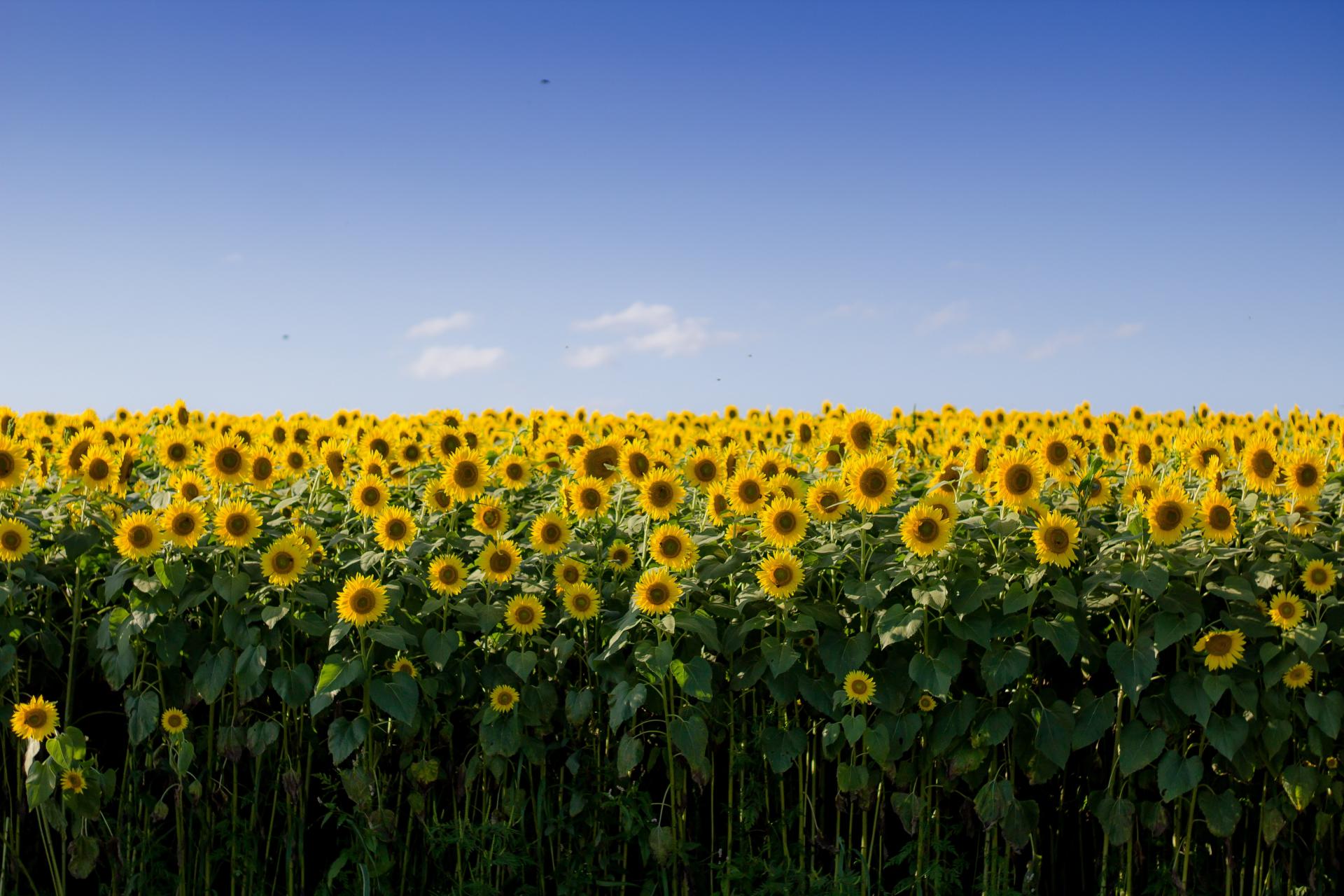

Perennial sunflower species are not as common in garden use due to their tendency to spread rapidly and become invasive. The whorled sunflower, Helianthus verticillatus, was listed as an endangered species in 2014 when the U.S. Fish and Wildlife Service issued a final rule protecting it under the Endangered Species Act. The primary threats are industrial forestry and pine plantations in Alabama, Georgia, and Tennessee. They grow to 1.8 m (6 ft) and are primarily found in woodlands, adjacent to creeks and moist, prairie-like areas.
I believe the most famous sunflower is Vincent van Gogh's.
Van Gogh’s paintings of Sunflowers are among his most famous. He did them in Arles, in the south of France, in 1888 and 1889. Vincent painted a total of five large canvases with sunflowers in a vase, with three shades of yellow ‘and nothing else’. In this way, he demonstrated that it was possible to create an image with numerous variations of a single colour, without any loss of eloquence.
The sunflower paintings had a special significance for Van Gogh: they communicated ‘gratitude’, he wrote. He hung the first two in the room of his friend, the painter Paul Gauguin, who came to live with him for a while in the Yellow House. Gauguin was impressed by the sunflowers, which he thought were ‘completely Vincent’. Van Gogh had already painted a new version during his friend’s stay and Gauguin later asked for one as a gift, which Vincent was reluctant to give him. He later produced two loose copies, however, one of which is now in the Van Gogh Museum.

0
0
成长记
Shami
2018年04月23日

These are the regular sunflower I planted 2 or 3 days after the hybrid sunflowers.


0
0
成长记
Shami
2018年04月18日

New leaves start to form. One sunflower did not sprout. :( The other sunflowers I planted the other day are starting to sprout! ☺ Date: April 19, 2018
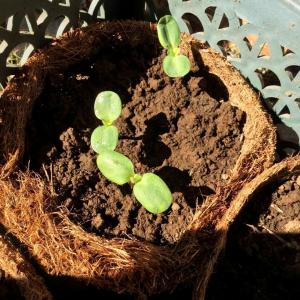
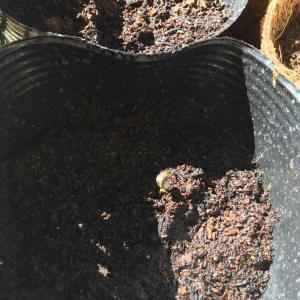
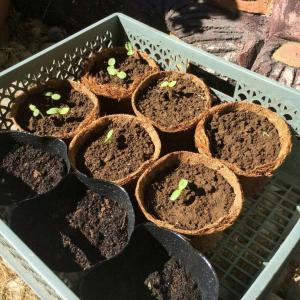



0
0
求助
Shami
2018年04月16日

I burried these hybrid sunflower seeds a little too deep. I'm worried that they won't be able to grow. And how much water do they need? #sunflower #hybridsunflower #hybrid

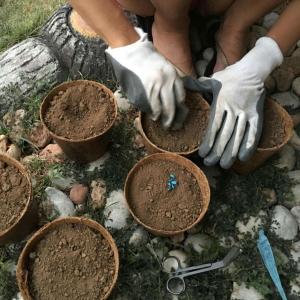


0
0
成长记
RJ
2018年03月12日

I now added "Sunflower" in my "garden"


0
0
Shami:Hi! How much water do you give them? Thanks! 😊





